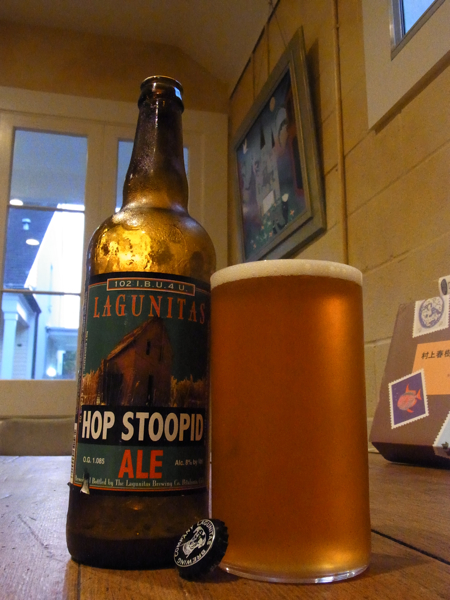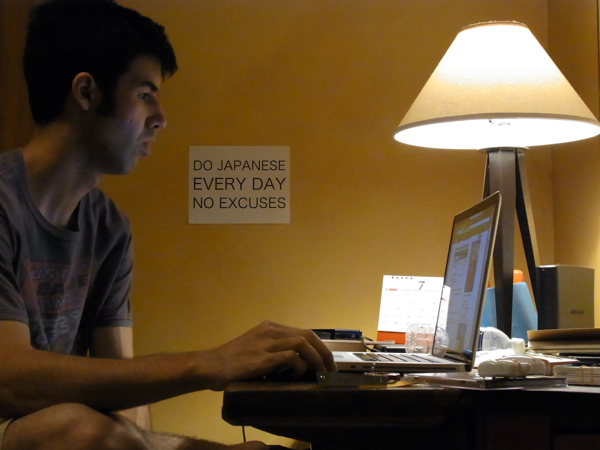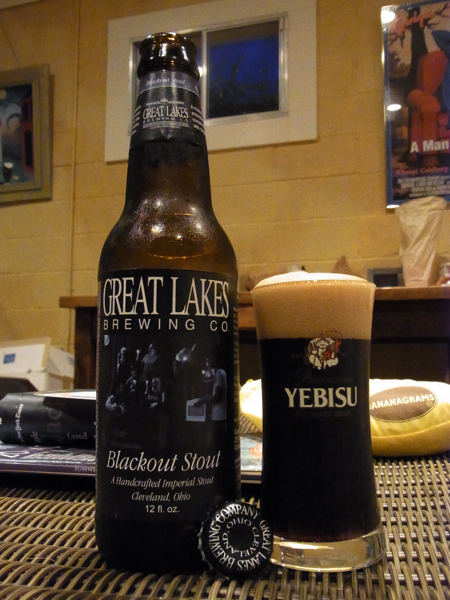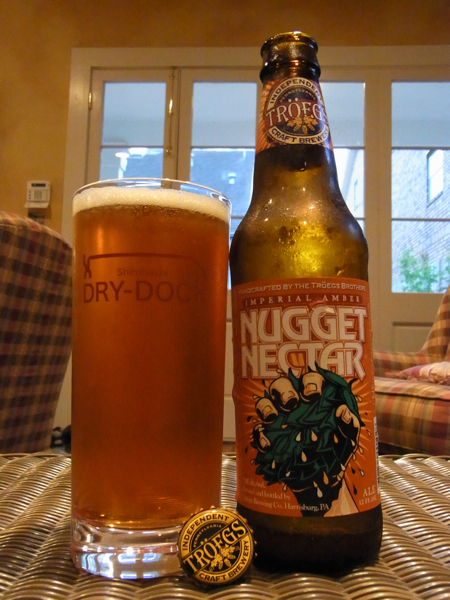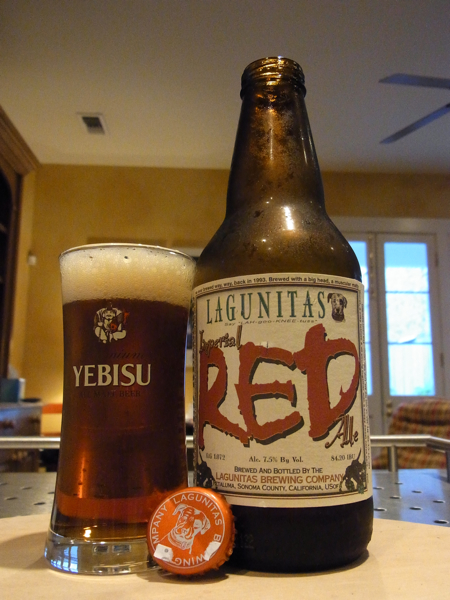Time for another round-up of what I’ve been writing for Japan Pulse.
“Mixi helps users socialize with new apps”
It took Facebook a while to break into Japan, but when it did, Mixi was slow to react. It looks like they are starting to get the idea. Every time I log in (which has been somewhat infrequent), I see new features and designs. The good news is that it hasn’t changed too much – it’s still a great place to interact with real, live Nihonjin. I put up messages on a couple New Orleans communities and got a reply from a Japanese couple that will be moving from France to New Orleans in July. My brain thirsts for 会話.
“Pulse Rate: ‘Free rent’ pricing aims to fill up empty apartments”
When I moved back home, I was worried it would be tough to find material for Pulse. I shouldn’t have worried – if you give to the Internet, it will give back to you. I keep the Google Keywords feed in my RSS reader and try to take a look at them every now and then. I’m convinced that TV plays a huge part in driving the ebb and flow of keyword searches (and also trends in Japan), but this was the first time I was able to prove it. I found a website describing how the term “free rent” appeared on Gacchiri Academy. Several hours later, it was at the top of the keyword search. I was able to find the official site, which has the segment almost line by line, and figure out what the deal was. Perhaps the inflexibility with rent pricing will eventually lead to the abolishment of all key money. I’m sure everyone would appreciate that.
“Big (Only) in Japan? ‘Greensleeves’”
King’s Quest! I played this back in the day on my dad’s Amiga…or maybe it was the Commodore? I can’t remember. I do remember being frustrated by the game. My dad copied it from a friend, so we didn’t have any of the manuals or anything – I had no idea what to do. My brothers and I just walked the character around, pulling carrots out of the ground, leading the goat around and falling into wells. I also remember the music – Greensleeves is the name of the tune. It was a surprise to encounter it so often in Japan.
This post was a little weak to be honest – it was fun to highlight the phenomenon (which, surprisingly, no one on the blogosphere has done yet), but I wish I could have dug a little deeper and figured out exactly WHY Greensleeves gets used as hold music. There must be someone who knows.
“Who will feed the Haruki Murakami fans online?”
Man, someone at Random House needs to be fired. Who decided that their author websites need embedded music? First of all, check out Murakami’s official English site. Yeah, the music is kind of spooky and cool…for the first five minutes or so. In the words of Mitch Hedberg, it’s like pancakes – all exciting at first, but by the end you’re fuckin’ sick of ‘em. At least Cormac McCarthy’s site doesn’t autoload the music. But, yeah, it also has music. It’s easy to excuse these guys for being born outside of the Internet generation, but come on! Their editors or publishers clearly haven’t thought this through. Maybe the editors and publishers are all old dudes, too? Oh well. William Gibson gets it. Steven Hall (granted he’s young) gets it. Their blogs take a hit when they are writing, but it’s awesome to read their posts when they do write them. Gibson had a stretch earlier this year just after he finished his latest novel where he answered a ton of reader questions about the way he writes. Very interesting stuff. The lesson is this – learn how to own your identity on the Internet. You don’t have to be a Zuckerbergian and tweet what you had for breakfast, but you should know how you’re being represented
So, yeah, hire me to do the News section on the Murakami site? I know I could do better than what they currently have. The release of 1Q84 in Japanese deserved a mention as did all the announcements about the translation release schedule and whatnot. Random House is asleep at the wheel. Inexcusable.
I’m curious to know exactly how much Murakami has to do with the Japanese 1Q84 site. Some of the posts are focused only on the people in the publishing section. Strange that Murakami would be so controlling about keeping plot details under wraps and then let other folks post freely on the official site for his book.
This user-submitted illustration of the Little People walking into someone’s mouth was my favorite. Too bad that wasn’t the reason he called the book 1Q84.


